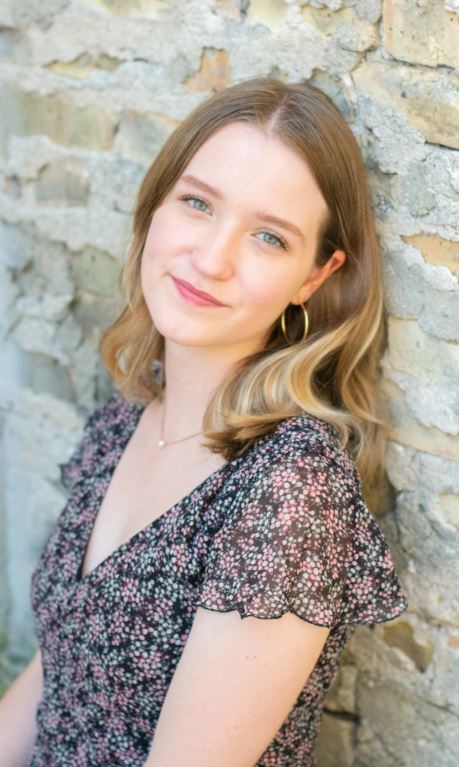So you’ve just graduated (or you’re about to) from Lawrence, and you’re ready to take on the world as an artist, performer, filmmaker, musician, or designer. You’ve got the talent. You’ve got the passion. But the job search? That part might feel… a little overwhelming.
Here’s some good news: you don’t have to do it all alone.
Artificial intelligence (AI) tools can be a major asset for creative grads trying to break into the arts. Whether you’re looking to perform, get cast in a show, land a gallery internship, or work behind the scenes, AI can help you find opportunities, craft stronger applications, and walk into interviews with more confidence.
1. Find Arts-Focused Employers (Without Doom-Scrolling Job Boards)
Not every arts job is going to show up on Handshake, Indeed or LinkedIn. Some of the best opportunities—especially for visual artists, performers, or behind-the-scenes creatives—live on smaller platforms, organization websites, or word of mouth.
But with AI tools like ChatGPT, you can start your search in a smarter way. Try asking things like:
- “What contemporary dance companies in New York are open to emerging choreographers?”
- “Which small film studios in Atlanta offer assistant editor roles?”
- “What art nonprofits hire recent grads for community programs?”
These tools can surface ideas, organizations, and leads you might not have found otherwise. Once you’ve got a list, use AI again to research each place—its mission, recent projects, and what kind of work it’s doing. You’ll walk into the application process already sounding like you get them.
2. Write Custom Resumes and Cover Letters (Without Losing Your Mind)
One of the fastest ways to get ignored? Sending the same generic resume and cover letter to every opportunity.
AI can help you avoid that trap. You can feed it your background and the job description, and it’ll help you draft tailored documents that actually speak to the role. Think:
- Artist statements that describe your work clearly and powerfully
- Cover letters that highlight your relevant experience (like being the stage manager for Cabaret or editing your senior capstone film)
- Resumes that include the right keywords for applicant tracking systems
Pro tip: Always review and edit what AI gives you. Use it as a first draft, not the final product. You want your personality and creativity to shine through.
3. Prep for Interviews Like a Pro
Nervous about interviews? Totally normal. Luckily, AI can help you practice.
Want to prep for a studio assistant role? An audition interview? A grant pitch? You can ask AI to simulate common questions and even give you tips on how to answer them. It’s like having a rehearsal partner—just one that never gets tired of your monologue.
You can also use AI to break down tough questions, practice storytelling, or figure out how to explain a complicated project in simple terms.
4. Don’t Let AI Kill Your Voice
A quick word of caution: don’t rely on AI to do the thinking for you.
Copying and pasting straight from AI tools without editing can make your application feel robotic or off-base. Worse, you might include information that’s outdated or flat-out wrong. And in the arts—where originality, authenticity, and personal connection really matter—that’s a big no.
Use AI as a creative assistant, not a replacement. You bring the spark; AI just helps you shape it.
Final Thoughts: Use the Tools, Own the Journey
Landing your first job in the arts might not look like a straight line. It may be part-time gigs, freelance work, or short-term projects before you find your groove. But using AI can help you approach the process with strategy, clarity, and a lot less stress.
The creative industries reward people who know how to tell their stories—and with AI by your side, you can do just that, from your resume to your next audition or gallery pitch.
